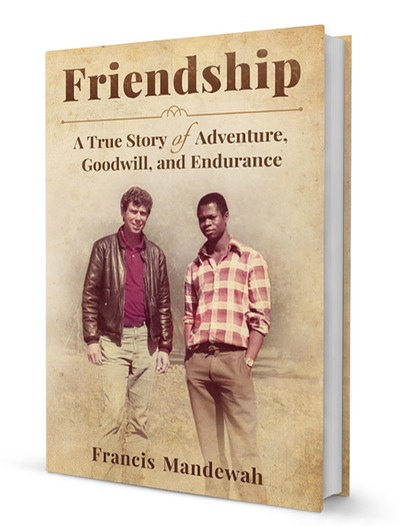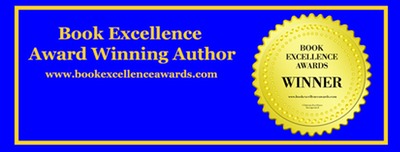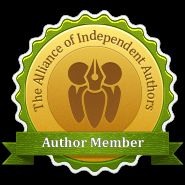The illicit trade in diamonds has funded brutal wars and human rights abuses for decades. Despite significant progress, the problem has not gone away. Read more at GlobalWitness.com
Blood diamonds (also called conflict diamonds, converted diamonds, hot diamonds, or war diamonds) is a term used for adiamond mined in a war zone and sold to finance an insurgency, an invading army's war efforts, or a warlord's activity.
The term is used to highlight the negative consequences of the diamond trade in certain areas, or to label an individual diamond as having come from such an area. Diamonds mined during the recent civil wars in Angola, Ivory Coast, Sierra Leone, and other nations have been given the label. The term conflict resource refers to analogous situations involving other natural resources. (from Wikipedia)
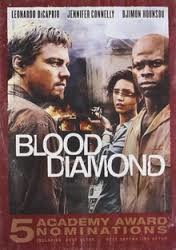
BLOOD DIAMOND is a 2006 American-German political war thriller film co-produced and directed by Edward Zwick, starringLeonardo DiCaprio, Jennifer Connelly and Djimon Hounsou. The title refers to blood diamonds, which are diamonds mined in war zones and sold to finance conflicts, and thereby profit warlords and diamond companies across the world.
Set during the Sierra Leone Civil War in 1996–2001, the film depicts a country torn apart by the struggle between government loyalists and insurgent forces. It also portrays many of the atrocities of that war, including the rebels' amputation of people's hands to discourage them from voting in upcoming elections.
The film's ending, in which a conference is held concerning blood diamonds, refers to a historic meeting that took place in Kimberley, South Africa in 2000. It led to development of the Kimberley Process Certification Scheme, which sought to certify the origin of rough diamonds in order to curb the trade in conflict diamonds, but has since been mostly abandoned as ineffective. The film was nominated for the Academy Award for Best Actor and Best Supporting Actor, respectively. (from Wikipedia)
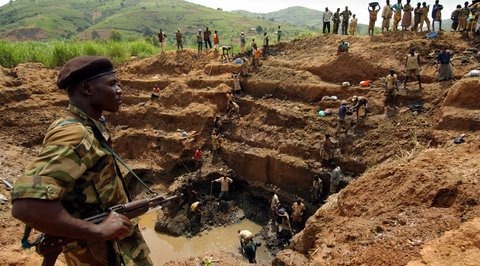
The Central African Republic (CAR) is in the midst of one of the world’s largest humanitarian crises. More than two million people are in need of humanitarian assistance and nearly a fifth of the population is displaced.
High levels of insecurity and impunity prevail, with armed groups carrying out sporadic attacks against civilians right across the country. As local populations continue to bear the brunt of this crisis, there is a pressing need to find sustainable solutions to ensure these atrocities do not continue and intensify.
CAR’s natural resources are at the heart of the dynamics driving the conflict. Timber, gold and diamonds have played a central role in motivating and financing the conflict’s main two rival groups, the Seleka and the anti-balaka. Both groups have profited from the trade in a number of ways, including through exploitation, looting and illegal taxation.
CAR’s history is marred by a legacy of political instability, weak institutions, entrenched corruption and predatory rule—all characteristics of a failed state. Since the start of the recent crisis, consecutive transitional governments have failed to manage the natural resource sector transparently and in way that benefits its citizens.
Global Witness believes that the control of natural resources by armed groups and political elites is a major impediment to stability in CAR. The link between natural resource exploitation, conflict and corruption needs to be urgently addressed if peace is to be achieved in CAR.
